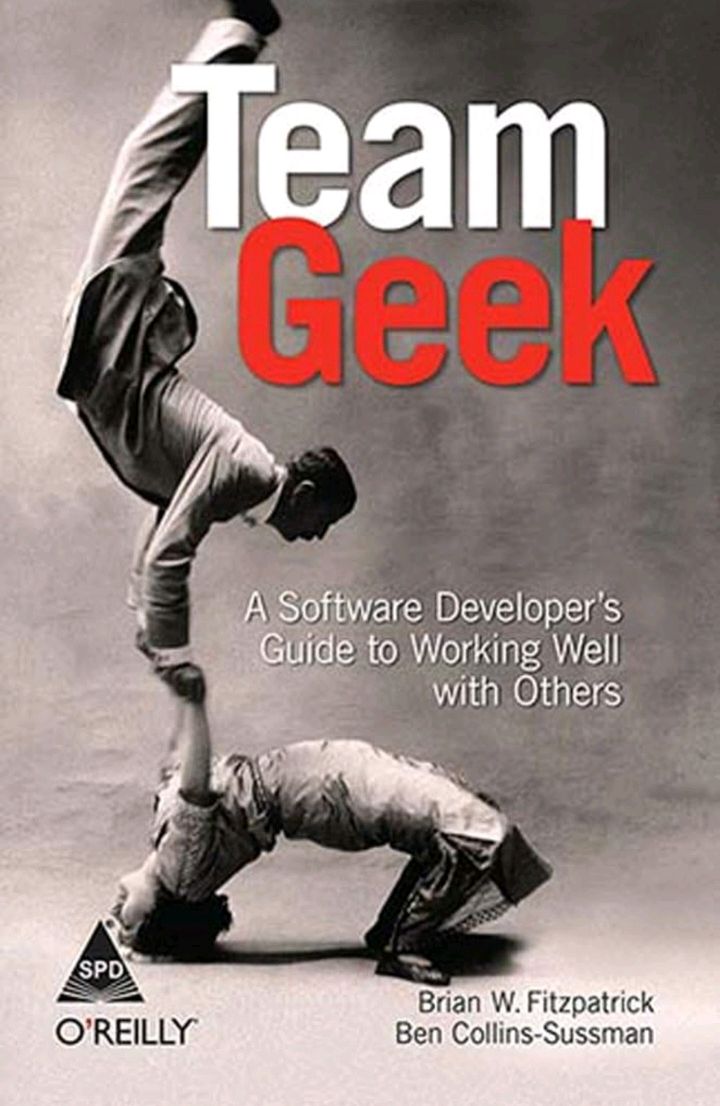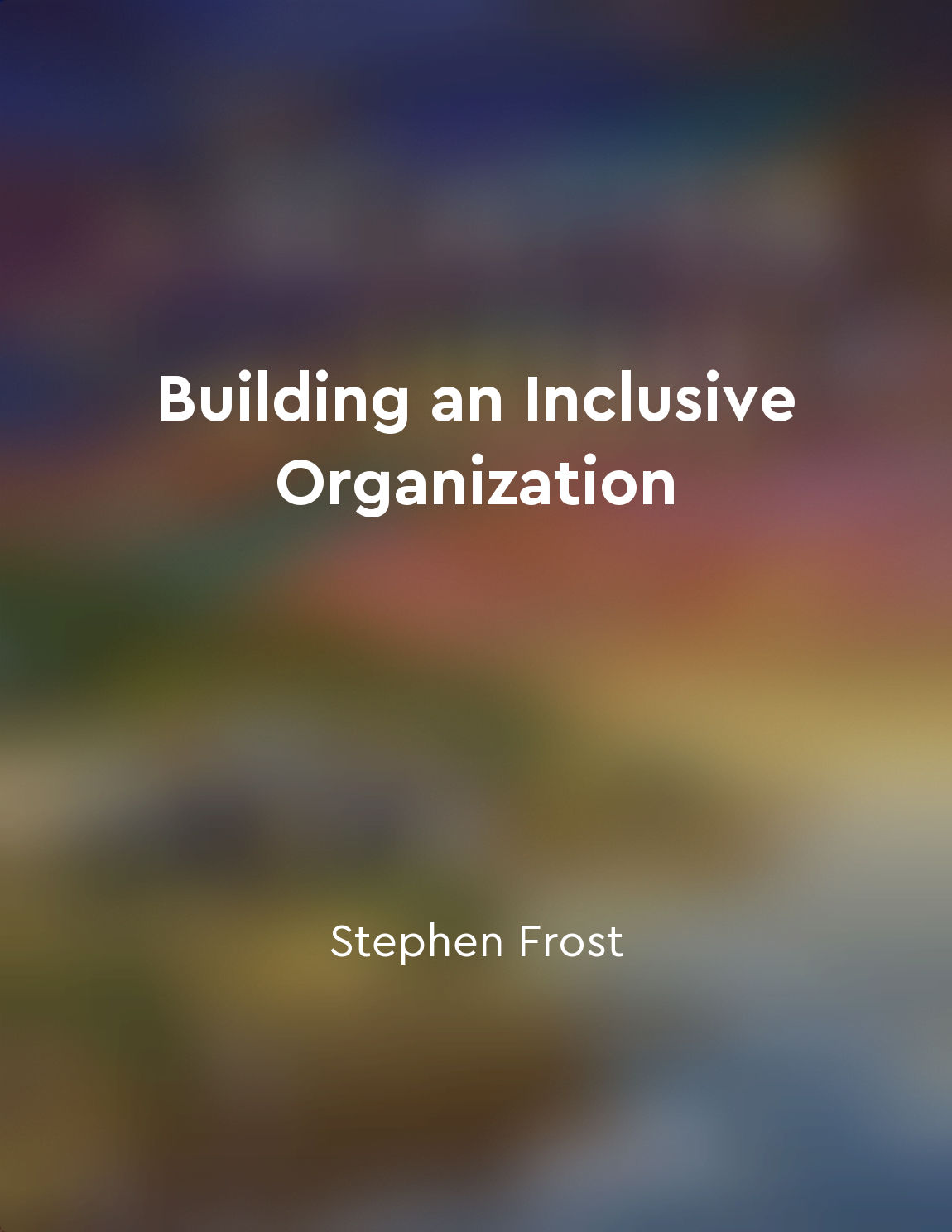Challenge systemic barriers to inclusion from "summary" of Building an Inclusive Organization by Stephen Frost,Raafi-Karim Alidina
To truly create an inclusive organization, it is imperative to identify and address the systemic barriers that may be preventing certain individuals or groups from fully participating and contributing. These barriers can manifest in various forms, such as biased hiring practices, exclusionary policies, or lack of representation in leadership positions. By challenging these barriers, organizations can begin to dismantle the structural inequalities that perpetuate exclusion and discrimination. One key aspect of challenging systemic barriers to inclusion is to critically examine the existing processes and practices within the organization. This involves questioning the status quo and being willing to confront any ingrained biases or prejudices that may be present. It also requires a commitment to actively seeking out and addressing areas where inequality may be present, such as in recruitment, promotion, or decision-making processes. Moreover, challenging systemic barriers to inclusion also involves creating a culture of accountability within the organization. This means holding individuals and systems responsible for perpetuating exclusionary practices and working towards implementing tangible solutions to address these issues. It also requires fostering a sense of collective responsibility among all members of the organization to actively contribute to creating a more inclusive environment. Another important aspect of challenging systemic barriers to inclusion is to prioritize the voices and experiences of marginalized groups within the organization. This means actively seeking out perspectives that may have been historically underrepresented or ignored and incorporating them into decision-making processes. It also involves creating spaces for open dialogue and feedback to ensure that all employees feel heard and valued.- The process of challenging systemic barriers to inclusion requires a commitment to continuous learning and improvement. It involves being open to feedback, willing to make changes, and actively seeking out opportunities to address inequality within the organization. By taking these steps, organizations can begin to create a more inclusive and equitable workplace where all individuals have the opportunity to thrive and succeed.
Similar Posts
Building trust takes time and consistent actions
Trust is not something that can be built overnight. It is not a quick fix or a one-time action. It requires time and consistent...
Cultivate emotional intelligence
To succeed as an entrepreneur, it is essential to understand and manage your emotions effectively. Emotional intelligence plays...
Discrimination affects individuals' access to resources
The impact of discrimination on individuals' ability to access resources is a critical issue that affects many aspects of their...
Foster a sense of purpose and direction
To navigate the complexities of the changing world order, individuals must cultivate a deep understanding of their purpose and ...
Skills in STEM fields are in high demand
In the coming years, the demand for skills in STEM fields is only expected to increase. This is not just a passing trend, but a...
The concept of industrial democracy promotes employee involvement in decisionmaking
The idea of industrial democracy emphasizes the importance of including employees in the decision-making processes within an or...
Seek feedback and guidance
Reaching out for feedback and guidance is a crucial step in navigating your dream career path. It can be tempting to try and fi...

Emphasize shared goals
The key to successful teamwork often lies in emphasizing shared goals. When team members have a clear understanding of what the...
Find joy in the journey
The concept of finding joy in the journey is essential to living a purposeful life. It is about embracing the process rather th...

Understand the business case for inclusion
To truly embed inclusion within an organization, it is essential for leaders and employees to grasp the rationale behind it. Un...

